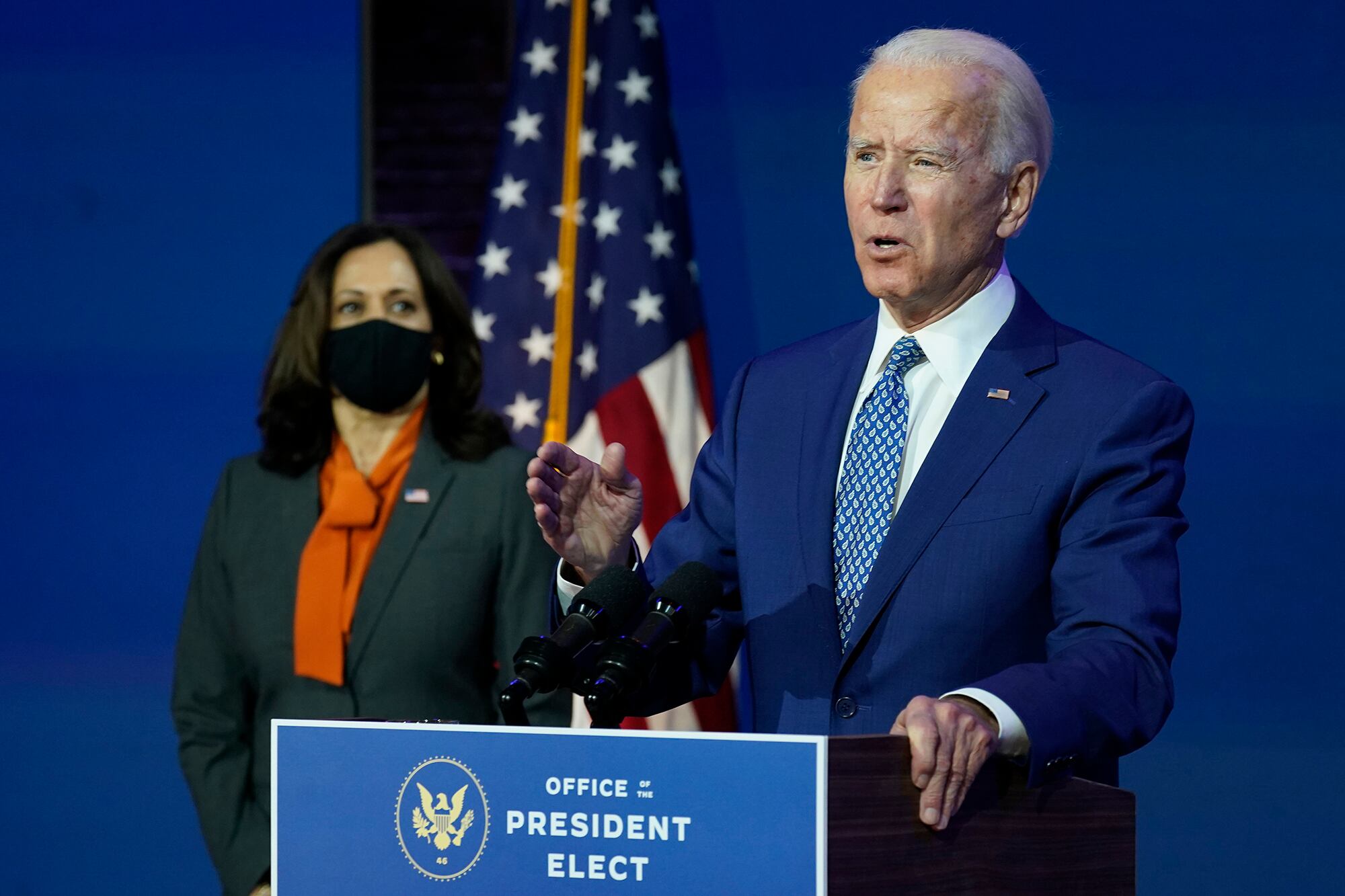President Donald Trump entered the presidency intending to set in motion sweeping governmental change under the promise to “drain the swamp” of Washington.
In June 2018, his administration released a comprehensive plan to overhaul the way the federal government operates and innovates.
But at the end of Trump’s term as president, few of those initiatives have seen little, if any, progress, and the incoming Biden administration looks poised to overturn many of the management reform efforts that were made.
RELATED

Of the 34 governmentwide plans outlined in the reform initiative, less than a third saw any significant progress, and many of the most ambitious initiatives were stalled and blocked by Congress.
Three of those initiatives intended to divest government involvement in certain industries entirely: reworking the U.S. Postal Service to prepare it for private sector sale, removing air traffic control responsibility from government management and divesting transmission assets from the Tennessee Valley Authority.
But perhaps the initiative that received the most effort — and strongest opposition — under the Trump administration was the plan to split apart the Office of Personnel Management and place its responsibilities under the General Services Administration and the Executive Office of the President.
Trump officials repeatedly maintained that the split was essential to reduce operational costs and ensure that the HR technology maintained by the agency would remain usable. But reports of misleading congressional testimony and fears of plans to politicize the civil service meant that the plan received intense opposition, to the point that Congress halted all efforts to pursue the split until an independent study could determine the true merits of the plan.
“I think that, substantively, it was a bad idea. But even worse was the way it was done. There was zero consultation with Congress; there was zero consultation with the workforce. And even if it had been the best idea possible, the way it was done made it bound for failure,” Max Stier, president and CEO of the Partnership for Public Service, told Federal Times.
RELATED

In other cases, proposals to merge various agency programs or create unified bureaus would have required congressional action that never came.
Some have fatalistically categorized the federal government as simply too large and too entrenched to be reformed. Former White House Chief of Staff and Office of Management and Budget Director under Trump, Mick Mulvaney, himself bemoaned how difficult it was to get rid of federal employees and celebrated efforts to drive them to quit through office relocation efforts.
But according to Stier, the federal government is not an immovable or unchangeable force, so long as those looking to institute reform go about it the right way.
“I think you could do big things in government, in terms of change, and still succeed,” said Stier.
Stier said that initial reform efforts undertaken by the Trump administration started out with the right idea: soliciting input from those experienced in government to inform the final plan. But that was where the consultation and buy-in efforts largely ended.
“Frankly, the best ideas are going to come from [career employees],” said Stier.
“It quickly fell apart, and at the end of the day, I don’t think that there’s a lot the Trump team had to show for the reorganization, other than the real damage done in many places.”
Part of the problem came from a lack of coordination with Congress, which has the authority to both authorize many of the Trump administration’s proposed changes and to legislate prohibitions against using government funds to pursue managerial changes that don’t need congressional sign-off.
RELATED

The other problem came from a lack of buy-in from the career federal workforce, who — even without legally-protected authority to approve sweeping policy change — has the requisite understanding of government operations and what actually works to make change happen.
“The motivation of the career workforce is all about the mission. And if you can engage them in the process of figuring out how to do mission better, then they’re going to be the first ones there,” said Stier. “And give them political cover.”
Feds can also feel dissuaded from engaging with reform efforts when the next set of leaders that will take over in a few years are likely to shift to a radically different approach.
The nature of politics takes part of the blame for how difficult it is to implement real governmental reform, as leaders are incentivized to make sweeping plans for change that look significant rather than putting the most effort into lesser-known problems that receive less partisan attention.
“I absolutely think there’s a tendency, in terms of political leaders, to think in terms of structural reform as big change and meaningful change, when it’s rarely the case that structural reform actually gets to the heart of the problem,” said Stier. “You really are changing the proverbial chairs on the deck of the Titanic.”
Draining the swamp of career federal employees also tends to have far less impact on the size of government than people think.
“Oftentimes people conflate the size of the government with the size of the federal workforce, and they’re not the same thing. [Former President] Bill Clinton cut 400,000 employees from the federal government. The government didn’t actually shrink, it just began outsourcing a lot more to private contractors,” said Stier. “No other organization is going to measure its size by headcount. It’s going to measure its size by budget.”
Less flashy efforts that cut back on government spending and make the government more efficient, like contracting reform, are also more likely to see widespread support.
The elements of the Trump reform plan that were successful support this reality.
Initiatives to make government records more computer-focused, make government services more customer-friendly in a digital age, train and recruit a larger federal cyber workforce and to solicit innovative ideas from the private and academic sectors all received widespread support and progress.
To make reform initiatives stand a higher chance of success, Congress will also need to pass annual budgets in a more timely fashion, so agencies and executive leadership know exactly how much they have to work with in the coming year.
Jessie Bur covers federal IT and management.




